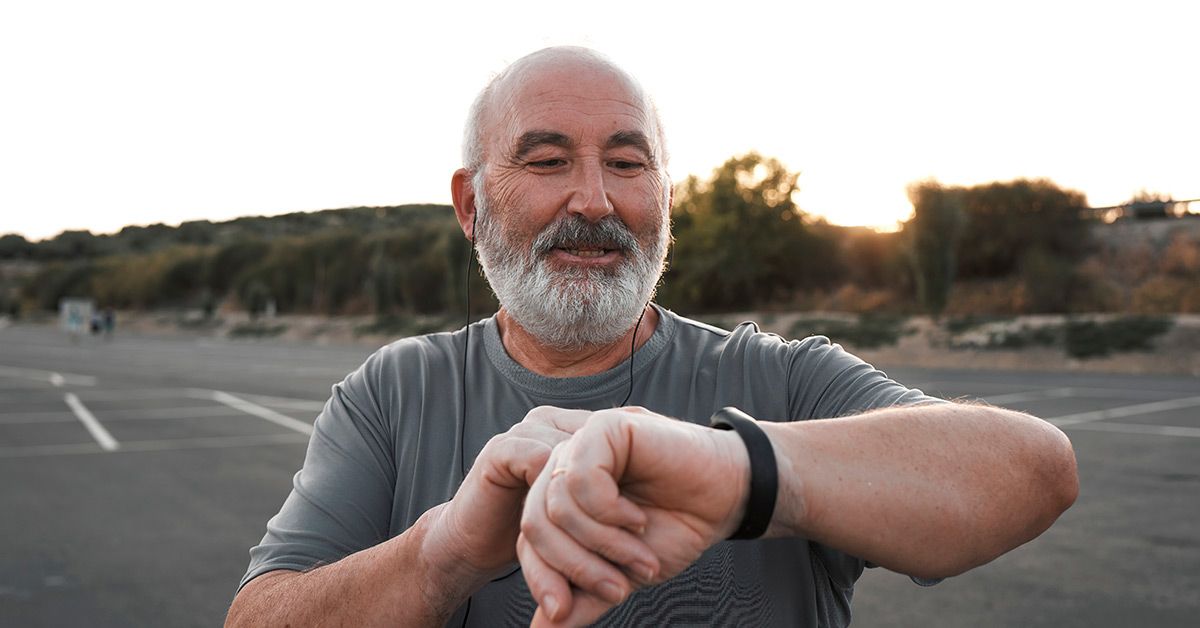A new large-scale study suggests men may need roughly twice as much weekly physical activity as women to achieve similar reductions in coronary heart disease (CHD) risk and mortality.
Published in Nature Cardiovascular Research, the observational analysis used wrist-worn activity data from more than 85,000 participants in the UK Biobank to compare how physical activity affects heart outcomes in males and females. The investigators looked at CHD incidence among about 80,000 participants without prior disease and examined mortality among roughly 5,000 participants who already had CHD.
Key findings
– Meeting the widely recommended minimum of 150 minutes per week of moderate-to-vigorous activity was associated with lower CHD risk for both sexes, but the reduction was larger in females: about 22% lower risk for females versus 17% for males.
– There was a dose-response relationship: more activity produced greater benefit, but the gap between sexes widened at higher volumes. At roughly 250 minutes per week, females showed a 30% reduction in CHD risk, whereas males required more than 530 minutes per week to reach a similar benefit.
– Among people with existing CHD, activity was linked to lower mortality, with sex differences in magnitude. Active females had about a 70% lower risk of death compared with less-active females; active males had about a 19% reduction. To match the mortality reduction seen in females, males required about 1.7 times more exercise (roughly 85 minutes per week for males versus 51 minutes for females in the model).
– The study also highlighted a persistent “gender gap” in activity and fitness: males generally reported higher fitness and were more likely to meet activity guidelines, while females—despite gaining proportionally more benefit—were less likely to reach recommended levels.
Possible explanations and caveats
Investigators and commentators suggested several reasons why females might gain larger relative cardiovascular benefits from activity. Biological factors such as estrogen’s cardiovascular effects were proposed as one plausible mechanism, though definitive causes remain unclear. Experts emphasized that the study is observational, so it cannot prove causation, and that results should be interpreted alongside existing evidence.
Public health context
Current U.S. guidance from the CDC and American Heart Association recommends at least 150 minutes per week of moderate-to-vigorous aerobic activity for adults, with greater benefits at higher totals (often cited as about 300 minutes per week for larger effects). The authors note the potential value of tailoring guidelines to account for sex differences, but other experts urge continued emphasis on raising activity levels across the whole population: fewer than half of U.S. adults meet minimum activity recommendations, and less than one-third of people with CHD hit those thresholds.
Practical takeaways and recommendations
– Stick with established guidance: aim for at least 150 minutes per week of aerobic activity, with higher volumes delivering more benefit.
– If you’re inactive, start small and build gradually—short bouts of brisk walking or household chores add up.
– Broaden your definition of exercise: gardening, raking, cleaning, biking or walking for short errands all contribute to weekly totals.
– Find enjoyable activities to maintain consistency and adapt plans around caregiving or work constraints (at-home workouts, shared caregiving, or short sessions can help).
– Clinicians currently do not recommend different routine activity prescriptions strictly by sex; the immediate priority remains getting more people to meet baseline activity levels.
Experts quoted in the study’s coverage noted the consistent message that physical activity benefits both sexes and that even modest increases in regular activity can yield meaningful cardiovascular improvements.




